Mulching
Mulch retains moisture in the soil, suppresses or blocks weeds, keeps the soil and plant roots cool, prevents frost heaving in winter, and makes the garden bed and landscape look more attractive.
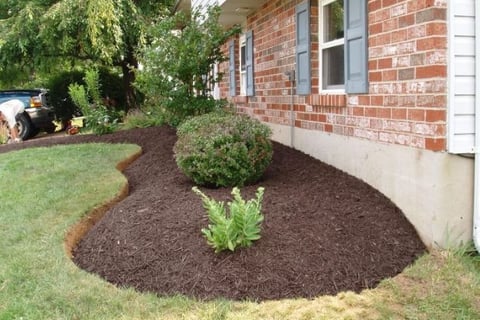

Attractive Landscaping
Trimming
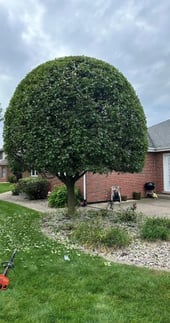

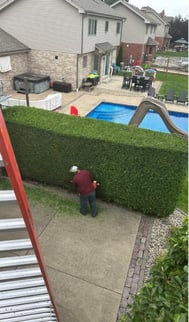

What Is Lawn Aeration?
Lawn aeration is a process of puncturing the soil’s surface with small holes or slices to help air, water, and nutrients better penetrate the soil for healthy grass. The process of lawn aeration can be done by hand (or by foot with shoe spikes), with a pitchfork or spading fork ("spiking"), or with more elaborate tools or liquid solutions.
Fall & Spring Clean-Up
Fall clean-up services may include:
Raking up leaves and composting them.
Updating seasonal flowers.
Weed removal and control.
Pruning trees and shrubs.
Cleaning up branches & lawn debris.
Cutting and edging the lawn.
Bagging and removing all fallen leaves from yor property.
Blowing leaf litter and other debris out of your garden beds.
Pruning dead foliage off of perennials, trees and shrubs.

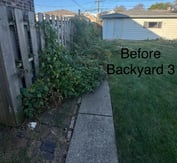
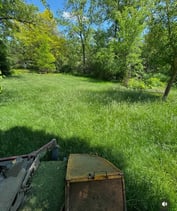

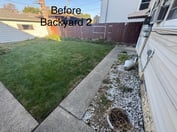
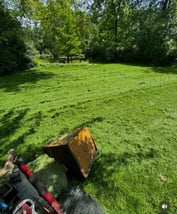

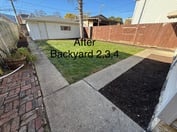










Gutter Cleaning:
Removing leaves, debris and dirt from the gutters.
Ensuring proper water drainage.
Preventing water damage to buildings.
Keeping away pests.
Performing the cleaning process at least twice a year or more often if there are many trees around.
Lawn Health-Care
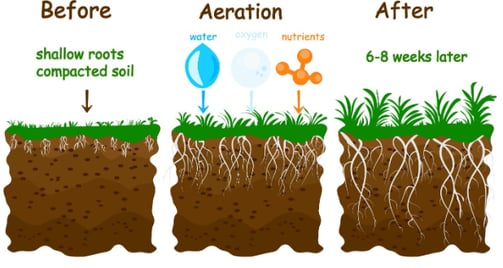

What Is Lawn Aeration?
Lawn aeration is a process of puncturing the soil’s surface with small holes or slices to help air, water, and nutrients better penetrate the soil for healthy grass. The process of lawn aeration can be done by hand (or by foot with shoe spikes), with a pitchfork or spading fork ("spiking"), or with more elaborate tools or liquid solutions.
Why Lawns Need Aeration
Lawn aeration reverses the effects of soil compaction, which causes the soil to become almost impenetrable—meaning air, water, and nutrients can't reach the ground and vigorous plant growth can't be supported.
Aerification helps compacted soil recover through moisture and air penetration. Plus, it helps create a deeper, healthier root system and stimulates microbes to decompose thatch.

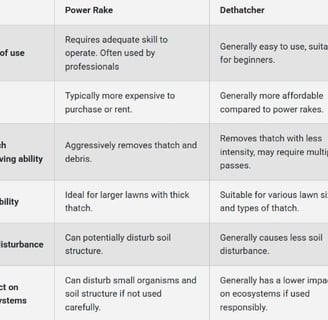
Both power rakes and dethatchers are used to remove thatch and debris buildup on a lawn.
Thatch is a buildup of organic matter that is made up of both living and dead plants, including stems, leaves, roots, and any mulch or lawn clippings that have been left behind by a mower.
This buildup can prevent new seeds from reaching the soil and it also can choke out the living grass over time.
So what’s the difference between these two tools? “Power rakes are designed for heavy-duty thatch removal, equipped with rotating blades that aggressively cut through and remove dense layers of thatch,” says Gene Caballero, co-founder of GreenPal, a Tennessee-based lawn care services company. “On the other hand, dethatchers, or scarifiers, target lighter layers of thatch. They are ideal for preventive maintenance, ensuring that thatch does not reach levels where it could impede the health and growth of the grass,” Caballero explains.
Power Rake vs. Dethatcher: What’s the Difference?
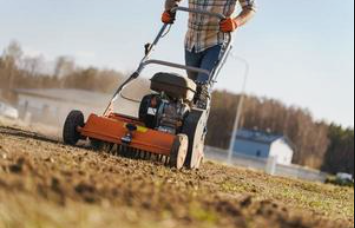

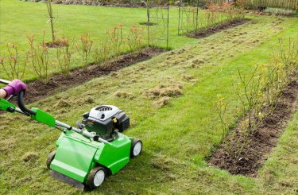

Services
Expert landscaping for your outdoor needs today.
Contact
rmlawncare158@gmail.com
708-289-2425
© 2025. All rights reserved.
